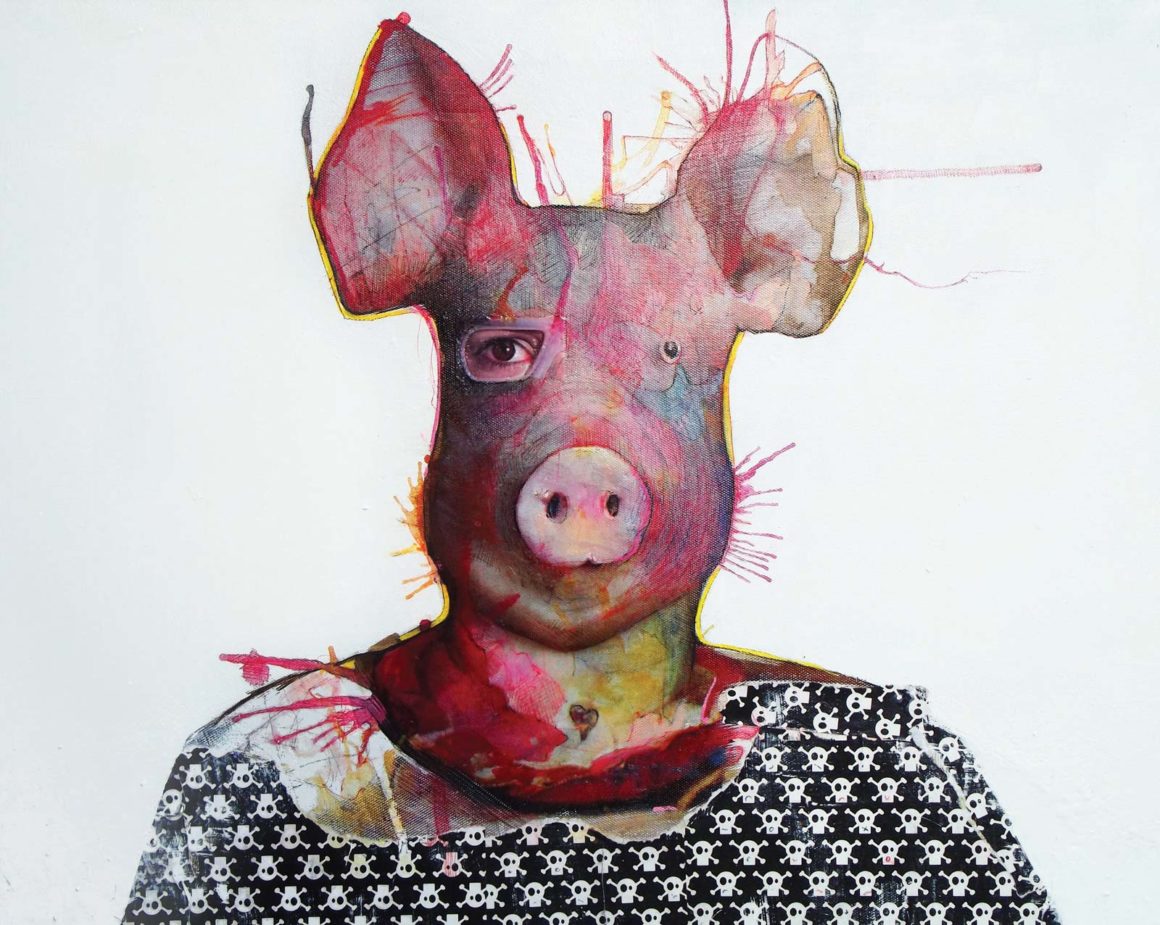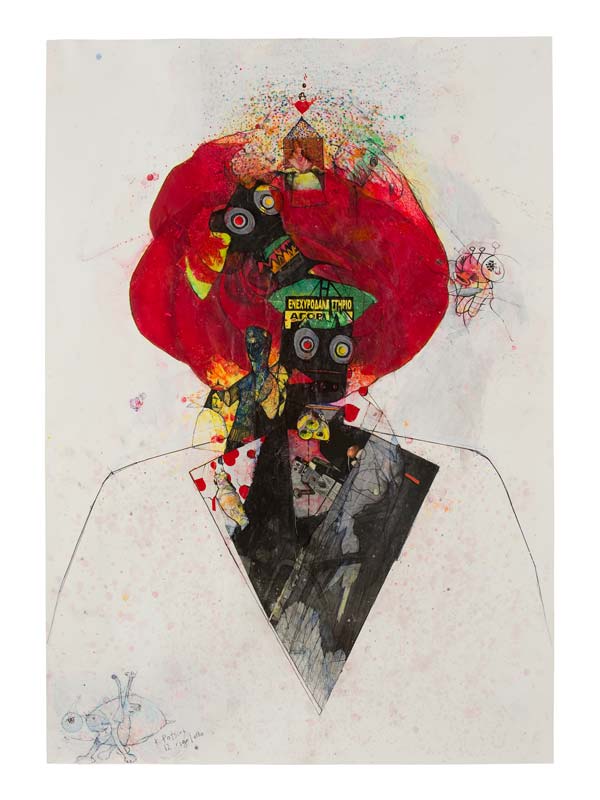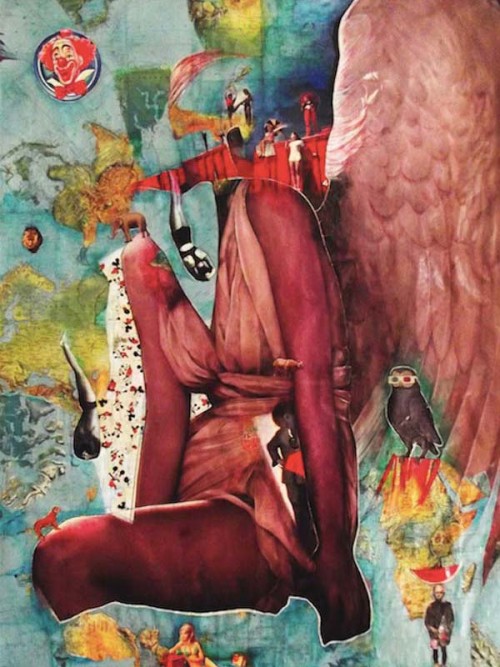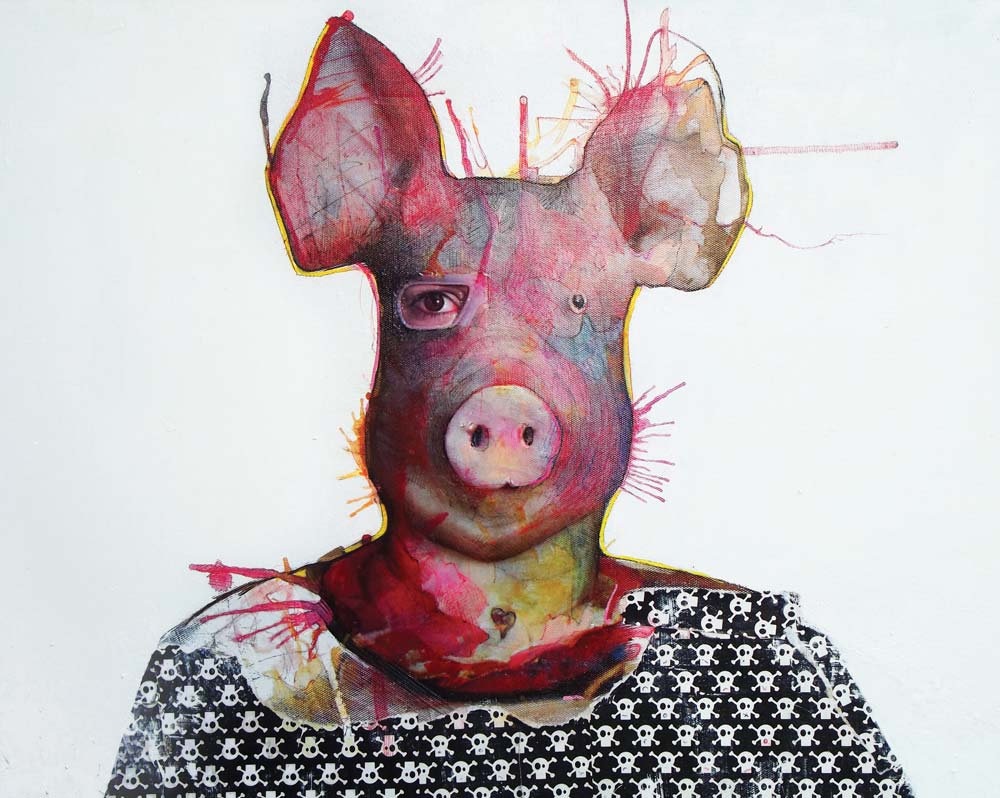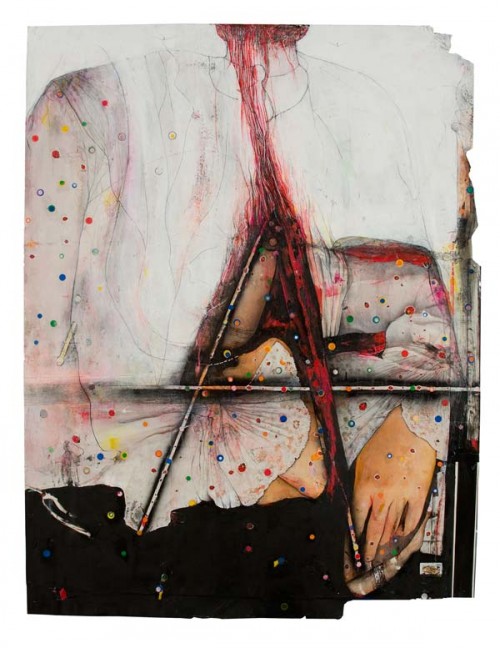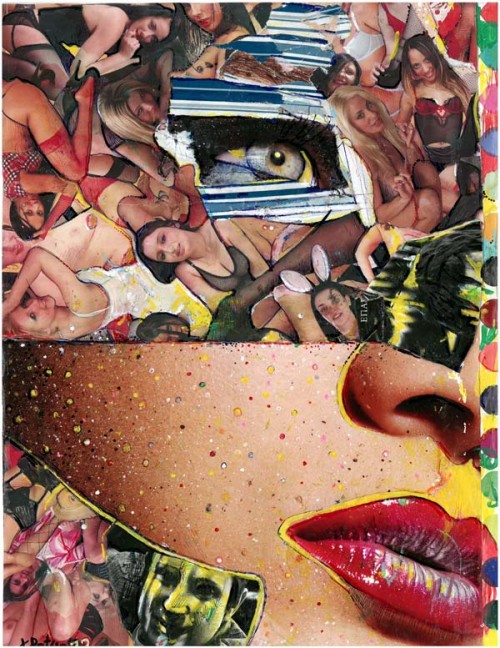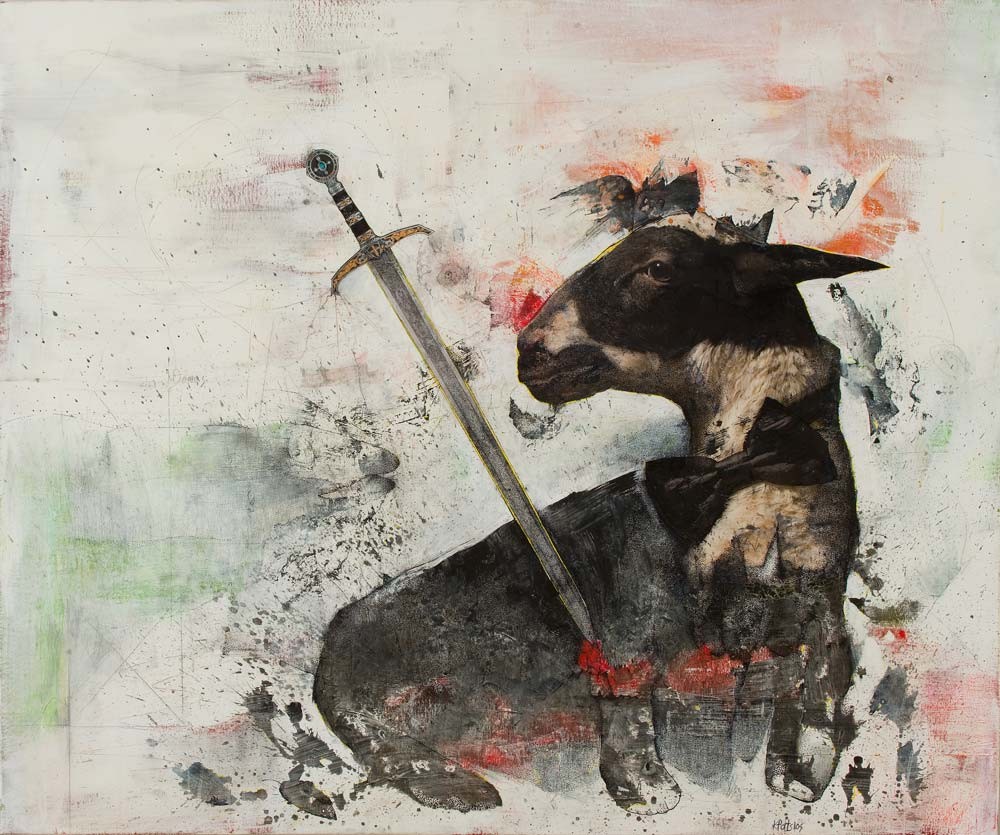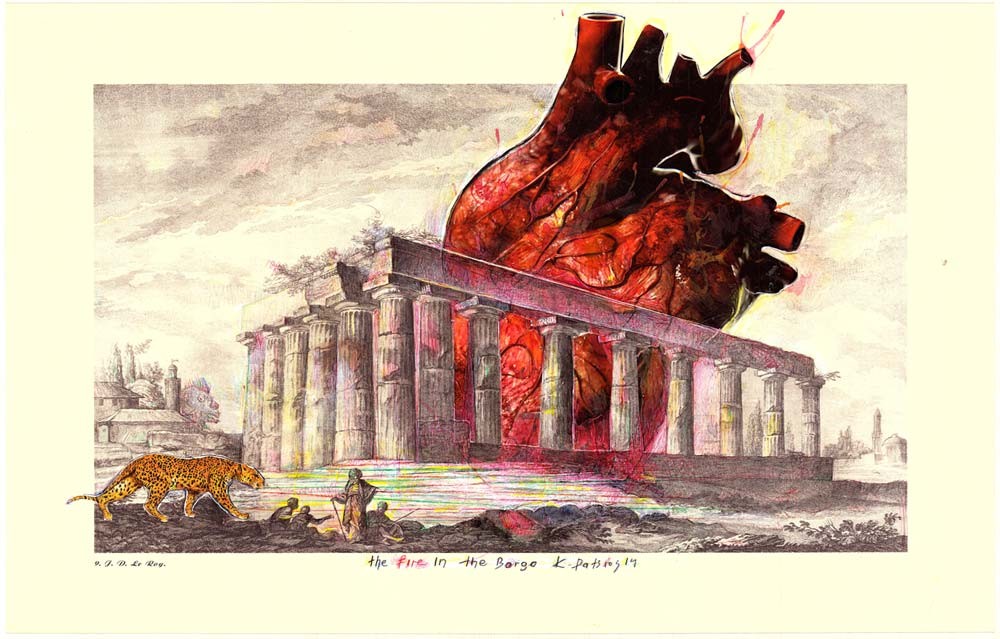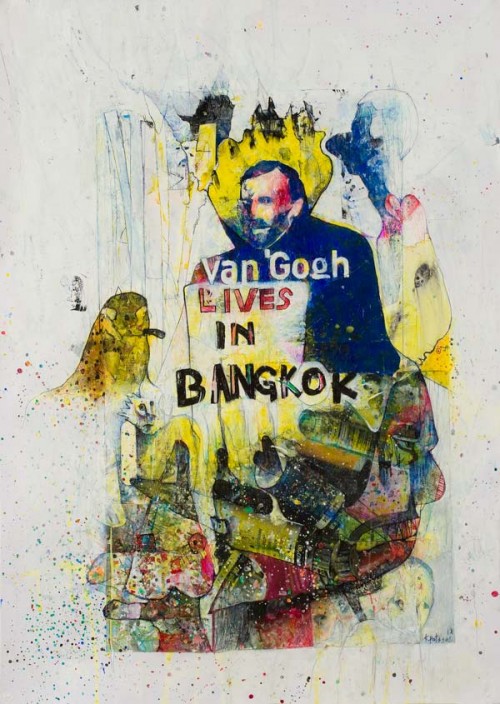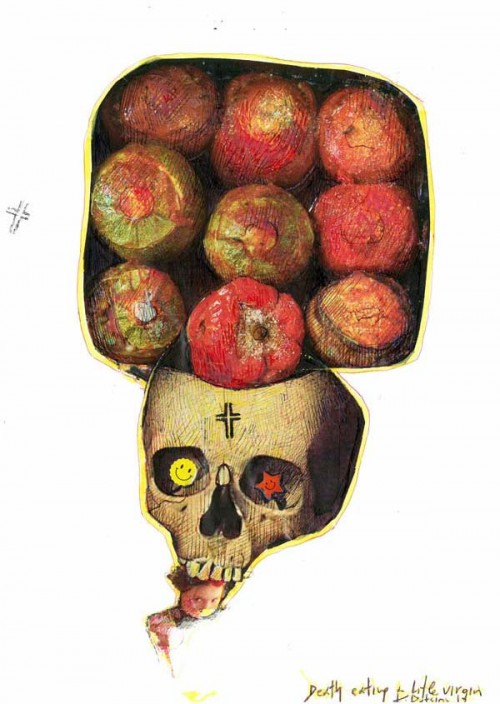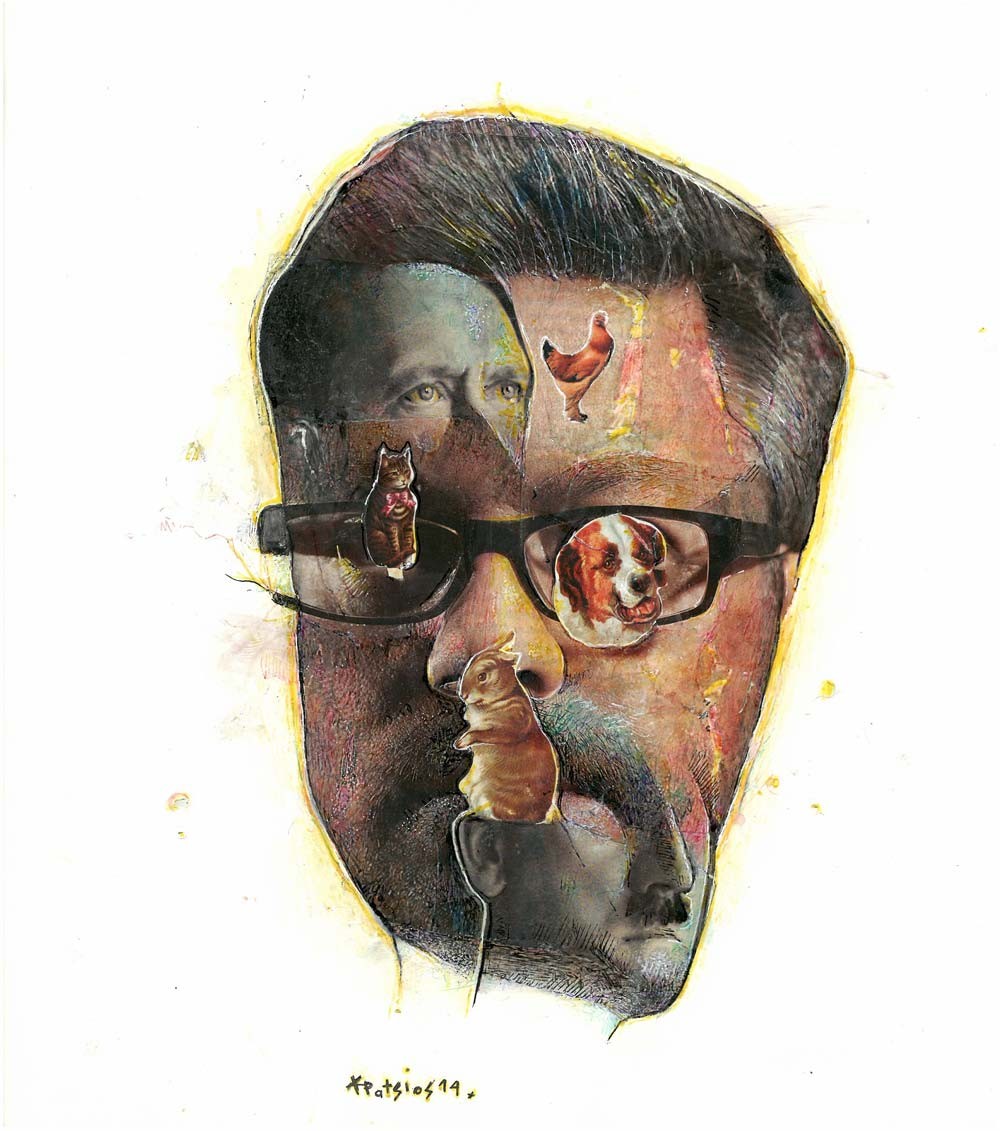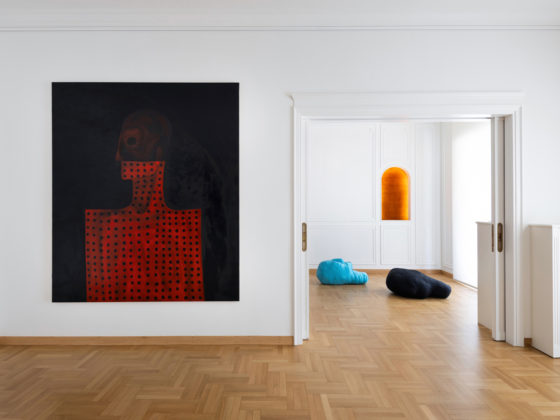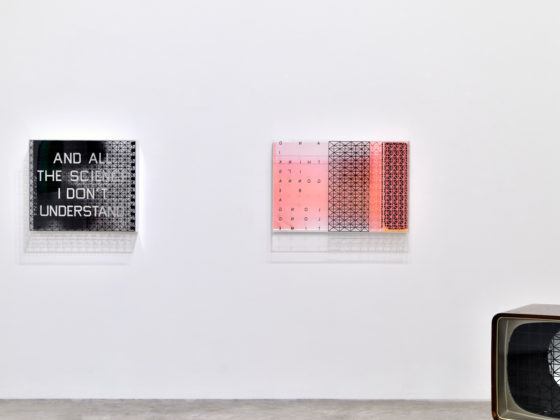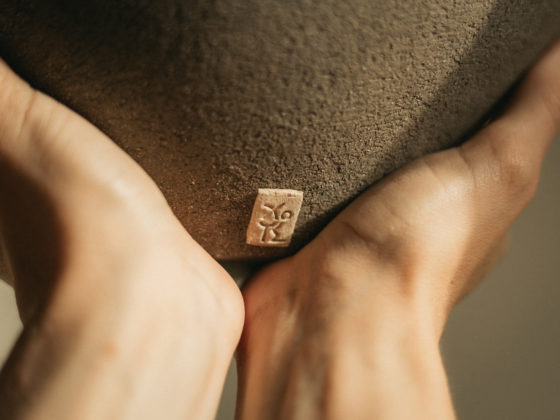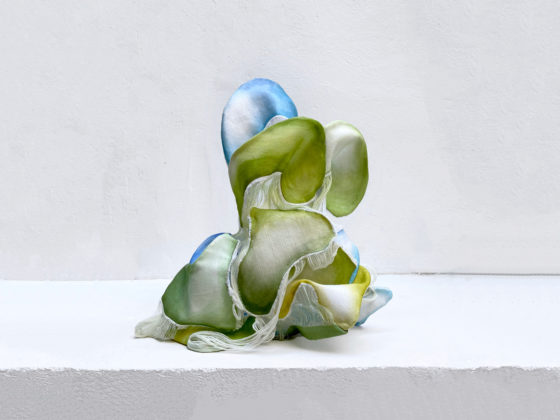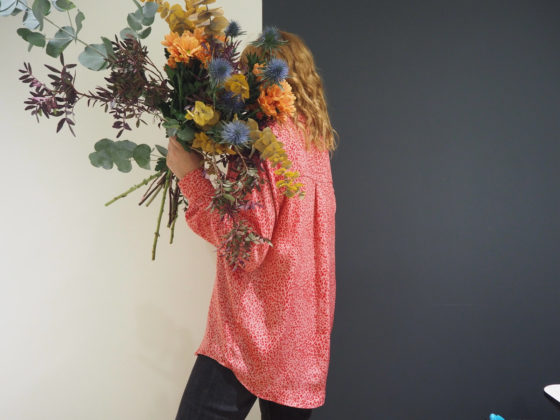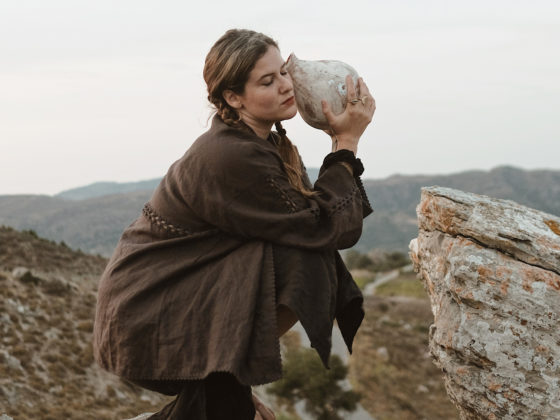In the series titled ‘The Twisted Odyssey’, the Homeric epic poem is the starting point for the creation of 24 artworks – just as many as Homer’s 24 rhapsodies – that shake down conventionalities as they readjust the meaning of various situations described in the original Odyssey. The artist perceives the epic poem retrospectively and he places it in an artistic frame, which at first glance does not have any apparent similarities with the original Odyssey. In fact, based on his personal experiences, the viewer is called to recognize, to decrypt and finally to relate the symbolisms not only between the artist’s work and the original poem, but also between the artist’s work and the viewer’s personal voyage – just like a contemporary Odysseus.
Patsios’ art questions the contemporary socio-political life and seems to become an artistic manifesto, which points to its creators’ anxious concerns about the current affairs. The deep understanding of the history of art and the influences from expressionism and surrealist automatism, as well as conceptual art and pop culture, are filtered and revealed through the mixed media technique which characterizes both his paintings and sculptural pieces. Patsios’ technique includes the exceptional use of line, which he comfortably and at the same time dynamically repeats in all his work, irrespectively of the theme. These hybrid-works result from the use of color, applied in different densities, in combination with the spontaneous integration of seemingly mismatched materials in the composition. Through these technical practices, and through the verbal terms and the symbolic forms he incorporates in his work, many of Patsios’ paintings include allegories which correspond to subliminal meanings and which shape the moral and spiritual ideas that he wishes to communicate.
Patsios’ work embeds references that range from Marcel Duchamp’s ‘Ready Mades’ to Franz West’s collages. West once said: “ It does not matter what art looks like, but what its usefulness can be” – and that exactly is the artist’s anticipation: To encourage the viewer to be released and to see himself through art.
